It’s one thing to get a client on board with lifting heavy things on a somewhat regular basis and how it can have positive effects on their overall health and well-being.
It’s another thing altogether to get them to commit to the nutrition & recovery side of the equation and how that too plays a significant role in the grand scheme of things. I’ve often joked that I’d rather wash my face with broken glass than attempt to get a client to try some kale.
That being said, it behooves any trainer/coach/fitness professional to have a system in place to address their clients’ nutritional & recovery needs. My good friend, Dr. Mike T Nelson, has opened up his Flex Diet Certification to my readers only this week. It includes 30 hours of continuing education and covers anything and everything as it relates to nutrition coaching
You can click HERE to sign up for a FREE 1-hour webinar and to learn more about the certification and whether or not it’s a good fit for you.
(Ahem: you should also check out his guest post below)
👇👇👇👇👇

Top 2 Mistakes Trainers Make With Nutrition & Recovery…and How to Fix Them
The old saying is true. . . at best you are only with a client for one hour a day and they have the other 23 hours to hose it all up.
This is reality.
You are not going to follow them around to their workplace and bat the doughnut that coworker Betty brought into work out of their hand.
What you do with clients in the gym and online for programming matters tons, but what are you providing them for the time when they are not with you?
Here are the top 2 mistakes I see trainers making in this area. A big reason I know this is that I’ve made these two mistakes in the past and wish someone would have grabbed me by my undies, dragged me to the curb and showed me how to do it better.
Mistake #1: Prioritizing the Wrong Items
I know you.
You love to spend time working on getting better at your craft. That is commendable and kudos to you. The fitness world needs more people like you, and Tony G will even give you a virtual high five.
Note From TG: Better yet, I’ll toss over a “bearded Robert Redford playing a lumberjack (?)” head nod of approval.
The downside is that everyone is pushing the latest and greatest nutrition/ recovery item you should have your clients do.

“No way Bro, you have to be doing keto esters between every meal to recover and get ripped.”
“What, you don’t need any veggies. Don’t you know they have these nasty ass compounds in them to prevent other animals from eating them, so they are bad for you. Just eat more meat you, wimp.”
“You are missing out Bro-ette since this corset is what you really need to get toned in your abZ.”
You get the idea.
Much of what you read is walking BS on a stick and easy to spot. But even legitimate items can be overwhelming from veggie intake to protein to breathing techniques to sleep.
How do you know where to start with a client?
Here is where the concept of leverage can be helpful to figure out what interventions may be best for your clients.
You remember the concept of leverage from Physics class right? In case you slept through it, leverage allows you to amplify a small input for a much bigger output. It was also a semi-ok now defunct TV series . . .
If you have a big enough lever, you can move huge amounts of load with less effort.
Think of the concept of the kingpin.
If you’ve ever looked at logs going down a river all jammed up. It looks like a mess, and you would need massive effort to get them flowing again. Then, suddenly some crazy ass lumberjack removes just one log and instead of being all jammed up, all of the logs seem to flow much better.
That one log had a lot more leverage than the other logs around it.
This concept can also be applied to when you’re working with clients to determine what kind of intervention should you do on the recovery side on nutrition and different aspects related to that.
In regards to your client’s other 23 hours, sleep is something that’s trending now, which is great, but most conversations about sleep with clients does not end well.
We know that sleep is an absolute requirement for survival. We know that if you don’t sleep for several days, you’re going to have a whole bunch of physiologic changes that are not going to be good, right?
All sorts of things that kind of go offline with sleep on the physiology side. I can make a huge argument that sleep may be near the top.
I did a lot of discussion about sleep and why I think they should get more sleep. And the short answer is, and again, if you’re a trainer, you’ve run into this, I absolutely guarantee it was excruciatingly hard to get clients to make large changes in sleep.
via MEME
Most client’s response when you tell them to sleep more
The reality is at the end of the day, having someone who only sleeps five to six hours and trying to get them up to maybe a seven to eight hours of sleep was very difficult. I felt like I was beating my head against the wall because I had all this data, all this research to show how important sleep actually is.
But the mistake that I made was I was only rating that on the physiology.
And as you know, when you work with clients or even yourself, I rarely find that physiology is the main rate limiter. It’s definitely a factor for sure, but I find the psychological ability to change as the biggest thing that will limit your results.
I took my physiologic rankings, and I put them on just an arbitrary one to 10 scale, kind of based on the research and what I had found.
via MEME
Severe restriction is not the answer
Next, I took the same interventions, and I ranked them on the client’s ability to change (psychology). This was primarily based on my own experience, from talking to a lot of other trainers and polling trainers at seminars and education.
Coaching Leverage = Physiology Effect x Client’s Ability to Change
Back to topic of sleep, the psychologic ability to change with sleep is very low despite a very high physiologic effect; thus, our coaching leverage score for sleep turns out to be crazy low.
The concept of coaching leverage is a cool way to then rate all the different interventions that you can do.
When I set up the Flex Diet Cert, that’s exactly what I did . . . I ranked all eight possible interventions in order with the highest coaching leverage being the first one to focus on and the lowest one being last.
My recommendation is to start with the higher ranked items first.
Here is a clue, eating more dietary protein ranked as #1.
Rig the system in your client’s favor.
Allow them to see some change, some positive wins, and try to do the things that are easier for them to change and have an also bigger physiologic change.
This allows them to see results with less effort.
Mistake #2: Not Using a System
You use a system for training right?
What system do you use for the other 23 hours a day for your clients?
Many trainers don’t have a system and just lob 30-day challenges at clients with a dash of “hope and pray.”
There are lots of great systems out there, and of course I am biased to the one I created (cough… Flex Diet Cert…cough cough).
Heck, even if you opt to not use my system (you crazy person), please pick one and implement it. Your clients will get better results, which makes you look even better.
Summary
Above you have two mistakes that many trainers are making and two solutions to fix them.
To make your life even easier, I have opened up the Flex Diet Cert for only 7 days exclusively for fans of my buddy Tony G.
Go to the link below to learn more today and implement solutions to your clients other 23 hours a day for better results.

Flex Diet Cert <— learn more
About the Author
 Mike T. Nelson, PhD, MSME, CSCS, CISSN, is a research fanatic who specializes in metabolic flexibility and heart rate variability, as well as an online trainer, adjunct professor, faculty member at the Carrick Institute, presenter, creator of the Flex Diet Cert, kiteboarder, and (somewhat incongruously) heavy-metal enthusiast.
Mike T. Nelson, PhD, MSME, CSCS, CISSN, is a research fanatic who specializes in metabolic flexibility and heart rate variability, as well as an online trainer, adjunct professor, faculty member at the Carrick Institute, presenter, creator of the Flex Diet Cert, kiteboarder, and (somewhat incongruously) heavy-metal enthusiast.
The techniques he’s developed, and the results Mike gets for his clients have been featured in international magazines, in scientific publications, and on websites across the globe.
In his free time, he enjoys spending time with his wife, lifting odd objects, reading research, and kiteboarding as much as possible.




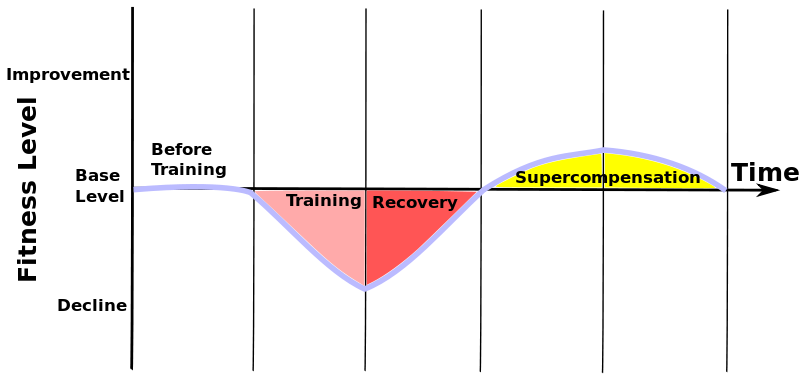
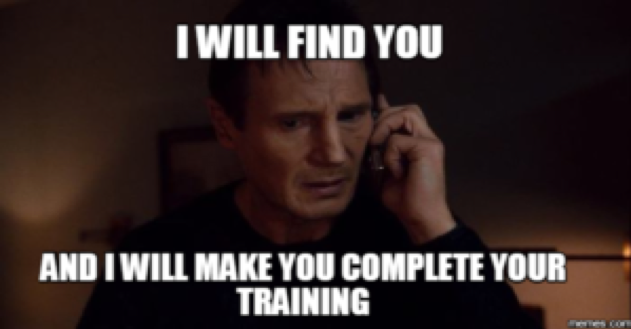

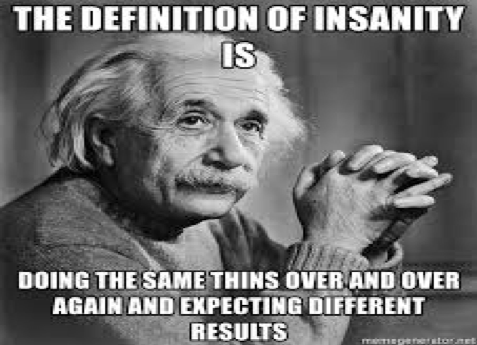




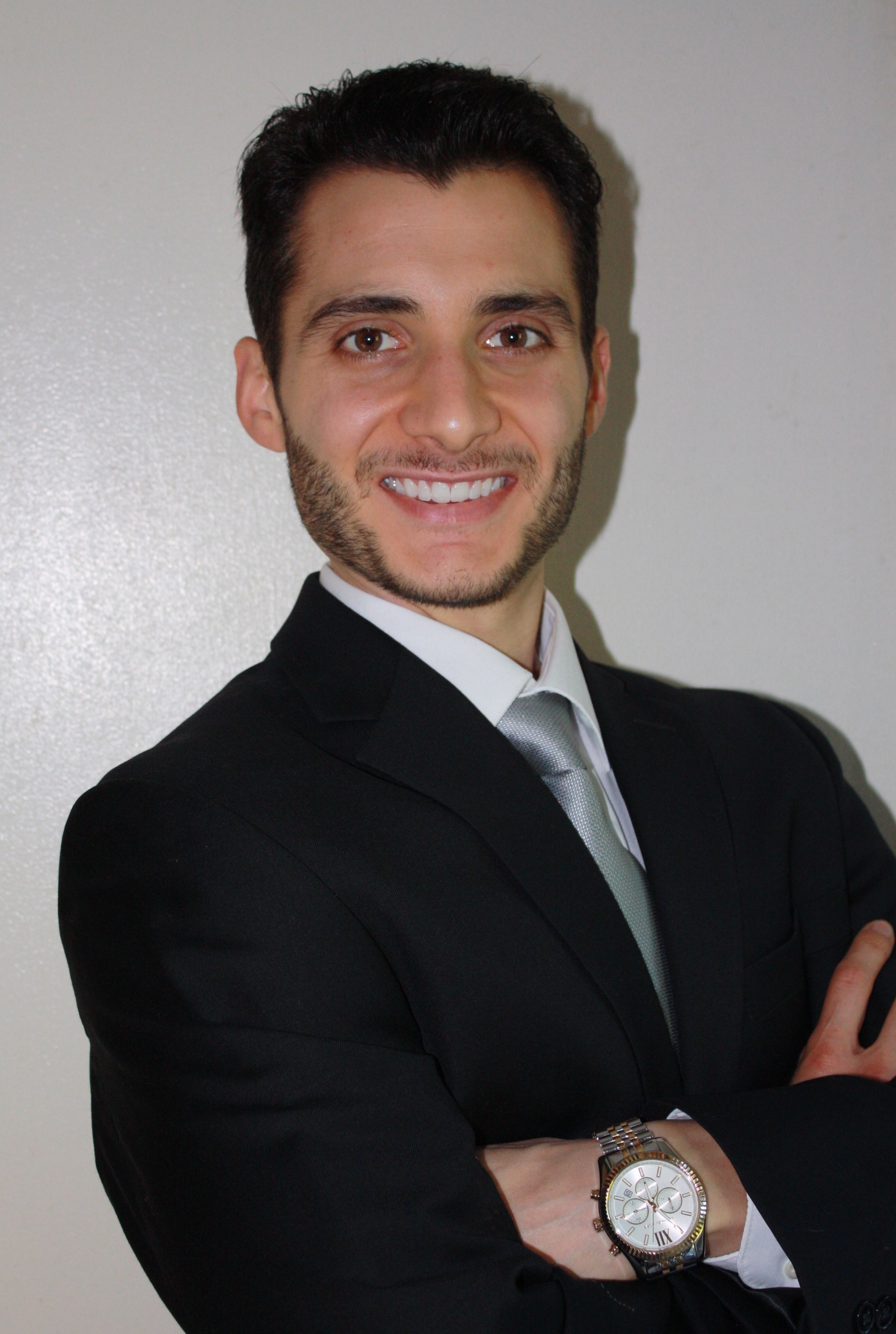 Nicholas M. Licameli
Nicholas M. Licameli
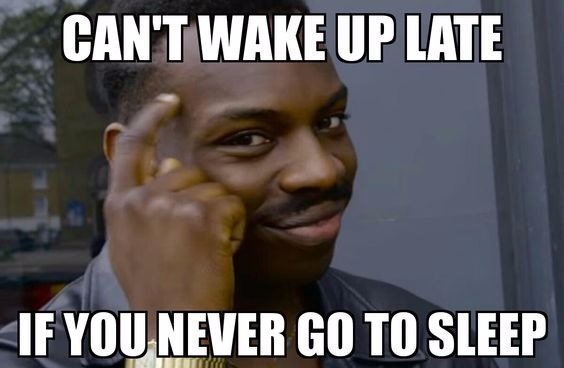
 Tim is an exercise science graduate and CSCS who has been training in Baltimore MD for over 14 years. While his specialty is body composition, he has extensive experience working with clients from young athletes to cardiac rehabilitation patients. Tim has been published in a variety of fitness publications and writes for his blog when he isn’t helping clients in person.
Tim is an exercise science graduate and CSCS who has been training in Baltimore MD for over 14 years. While his specialty is body composition, he has extensive experience working with clients from young athletes to cardiac rehabilitation patients. Tim has been published in a variety of fitness publications and writes for his blog when he isn’t helping clients in person.




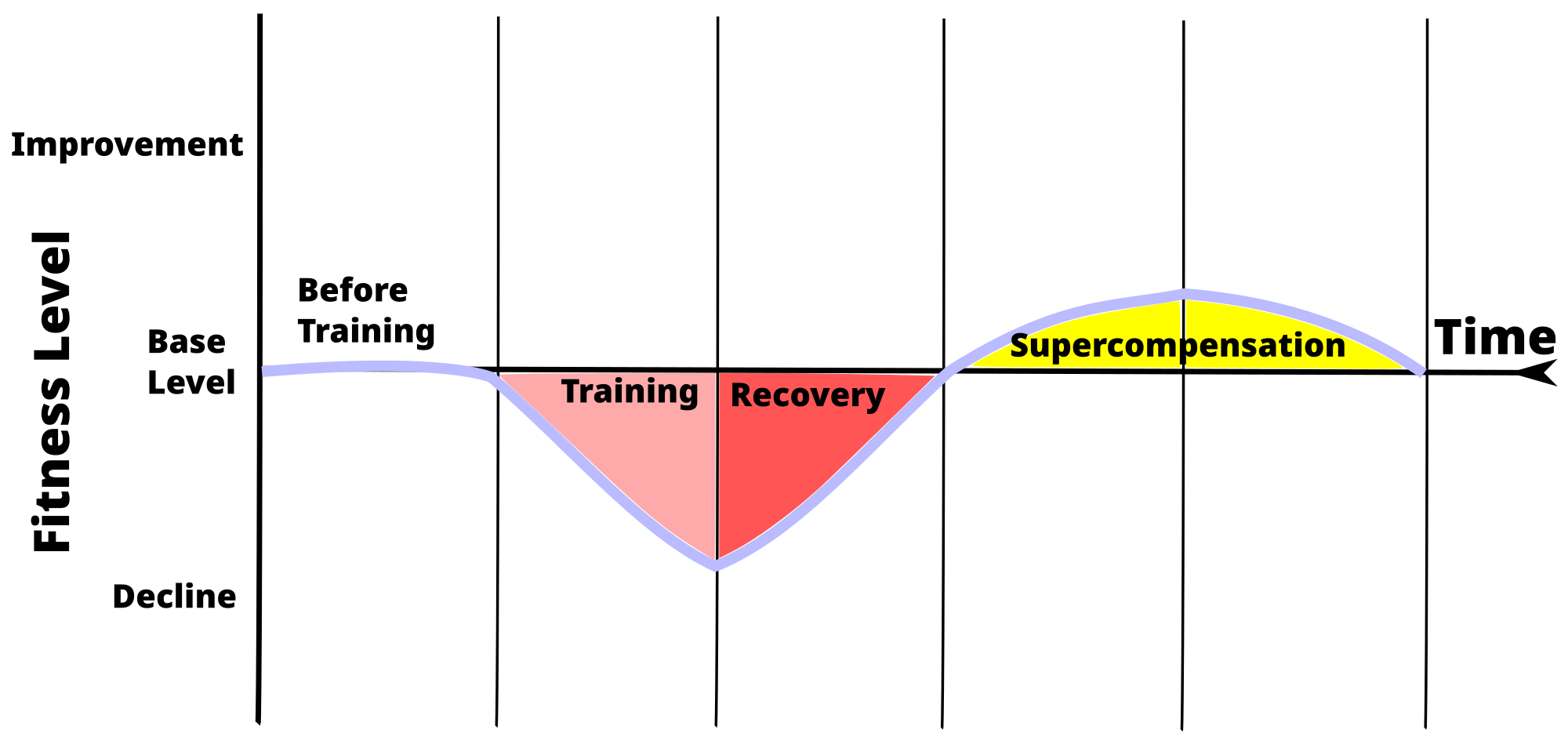
 2005) follows you south and you watch the Ravens bring the trophy to Charm City … which I credit my son for doing, since only days before a Wild Card game with Indianapolis he got his first sports jersey J]
2005) follows you south and you watch the Ravens bring the trophy to Charm City … which I credit my son for doing, since only days before a Wild Card game with Indianapolis he got his first sports jersey J]
